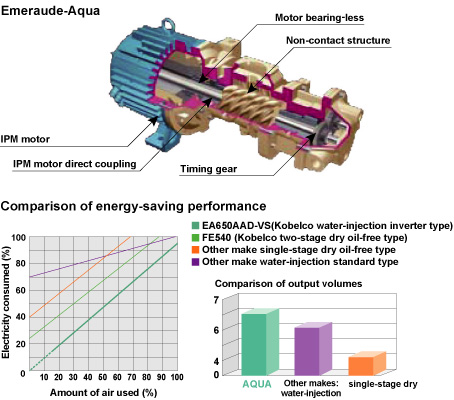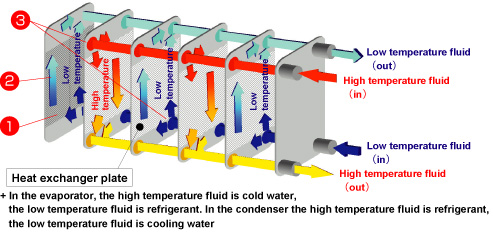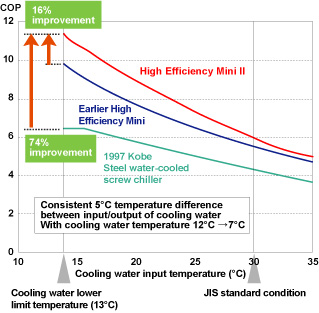Home > About Us > Corporate Social Responsibility > Sustainability Report > Sustainability Report 2009 > Contributing to the Environment through R&D
 Contributing to the Environment through R&D
Contributing to the Environment through R&D


 |
||||||||||||||||||||||||||||||||||||||||||||||||||||||||||||||||||||||||
Home > About Us > Corporate Social Responsibility > Sustainability Report > Sustainability Report 2009 > Contributing to the Environment through R&D


 |
||||||||||||||||||||||||||||||||||||||||||||||||||||||||||||||||||||||||